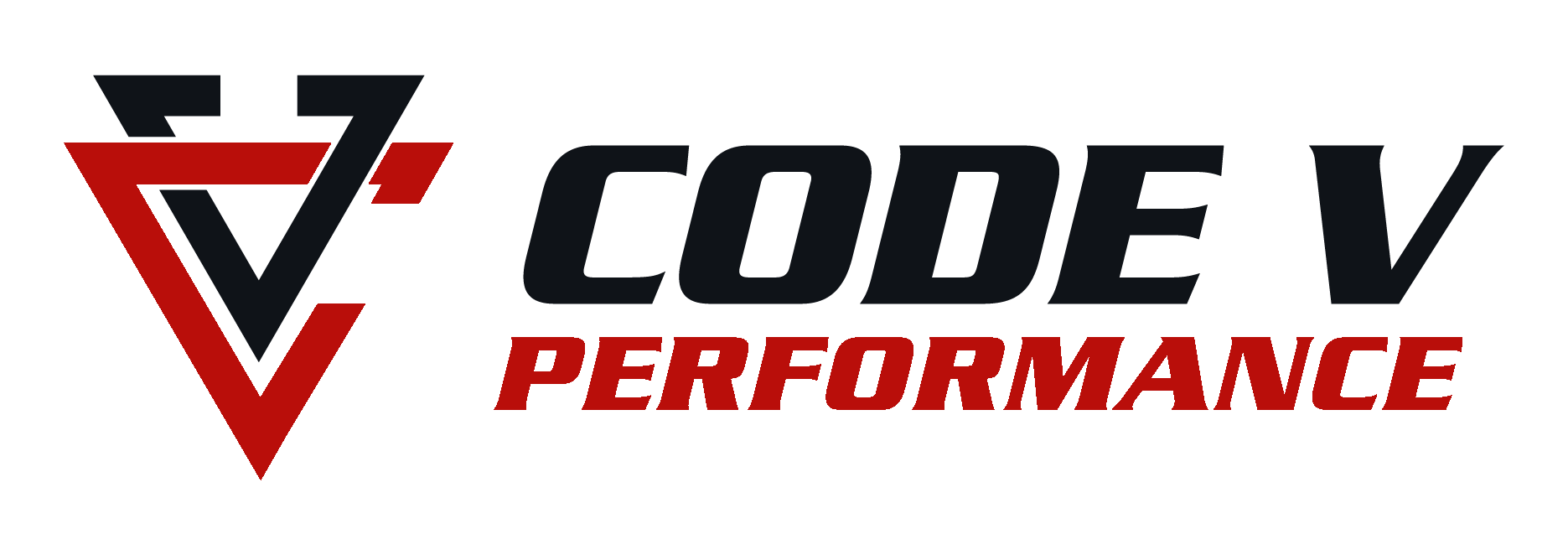Don’t Let Osgood Schlatter's Disease Leave You Sidelined!
Struggling with knee pain? Have you been diagnosed with Osgood Schlatter’s Disease? Osgood Schlatter’s is a repetitive use injury which most often causes a painful lump below the kneecap. This lump is where your patellar tendon (the tendon connected to your thigh muscles) attaches to your shin bone. According to https://www.hopkinsmedicine.org/orthopaedic-surgery/specialty-areas/sports-medicine/conditions-we-treat/osgood-schlatter-disease.html, "...it is caused by irritation of the growing bone on the front of the top of the shin bone." This is because during a child's growth spurt, the bone can grow more quickly than the attached tendons.
This normally occurs during a child's growth spurt. Those who participate in sports that involve regular running and/or jumping are found to be at the most risk. It is more commonly seen amongst boys between the ages of 8 and 16, but can affect girls just the same during puberty.
Though Osgood Schlatter's can develop in both knees, most children only end up seeing symptoms in one.
Signs and Symptoms
Schedule an appointment with a health care provider - preferably someone knowledgeable in sports or orthopedic injuries. An accurate diagnosis can be helpful to get proper treatment started as soon as possible.
A few of the signs your child may have Osgood Schlatter's Disease are:
Painful lump found at the top of the lower leg bone (shinbone)
Limping
Soreness or swelling below the knee
Knee pain which gets worse during activities such as running, jumping or climbing stairs
Treatment
Your doctor will most likely conduct a physical exam. X-rays may also be ordered if they are looking to rule out a different cause of the pain.
Treatment for this diagnosis usually includes a combination of the following:
Stretching/mobility exercises and/or physical therapy to strengthen the surrounding muscles and increase their flexibility.
Rest - Taking a break from the usual physical activities. The length of time needed to heal will depend upon the severity of symptoms and pain.
Taking medications like anti-inflammatories or pain relievers (as recommended or prescribed by your physician).
RICE (Rest, Ice, Compression, Elevation)
The MOST important treatments are stretching and mobility exercises to increase the flexibility of the tissues (quadriceps/front thigh muscles) that attach to the painful area. The next important step is strengthening exercises of those same muscles as well as related areas that may be weak and causing increased load on the quadriceps (glute muscles perhaps).
I highly recommend examination by an AMIT practitioner to determine if inhibited (“turned off”) muscles are part of the problem. In my experience - quadriceps injuries of any type come with inhibition of glute muscles and sometimes even the quadriceps muscles themselves! Strengthening is always more effective when the muscles are firing properly. Healing is faster when the nervous system is balanced!
Prognosis
With traditional care (rest, anti-inflammatories) most cases of Osgood-Schlatters disease will get better within a few weeks or months and almost always fully disappear when the child stops growing. YOU DO NOT HAVE TO WAIT THIS LONG!! Begin treatment early - foam rolling to increase tissue flexibility and stretching as well as proper strengthening program. Seek care from an AMIT practitioner if possible - and you will likely be on the road to recovery in a very short amount of time!!
In very rare instances, surgery may be required if there are bone fragments that never fully heal. In certain cases if symptoms do not go away, a cast or brace may be used in order to support the leg while it heals.
The best way to try and prevent injury is to make sure you/your child does regular stretching and strengthening exercises. This does not guarantee an injury will still not occur, but is the best method of preventative care for this injury.
If your goal is to miss as little playing/activity time as possible - then thorough, effective care is vital! Don’t let Osgood Schlatter’s leave you sidelined!


